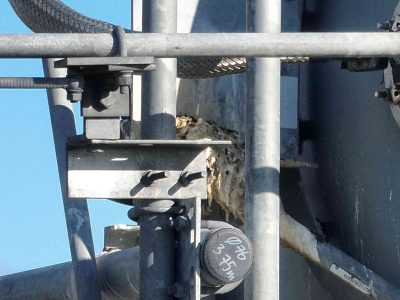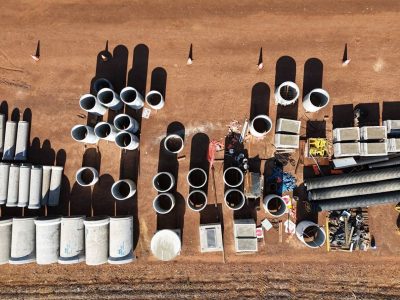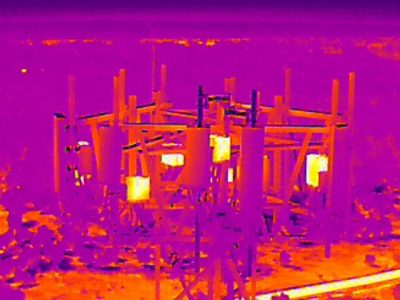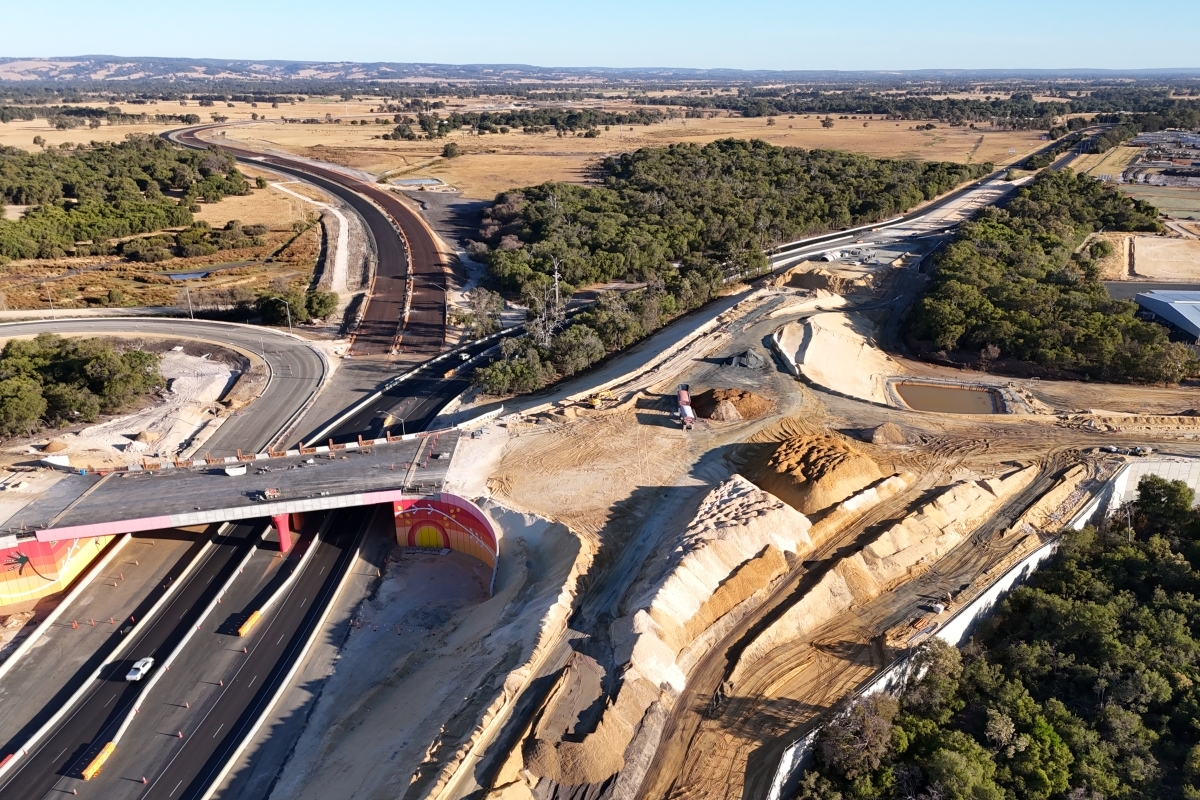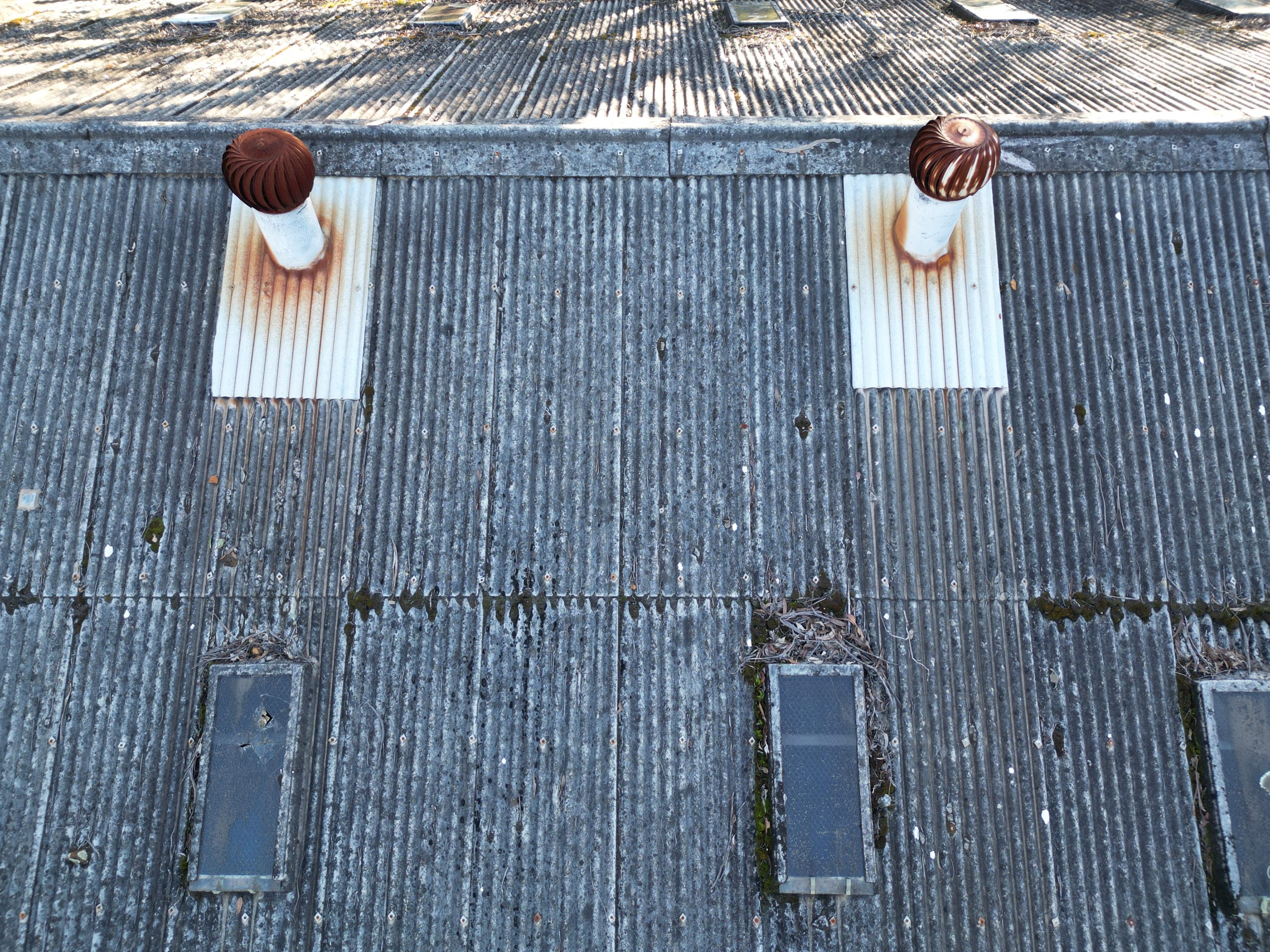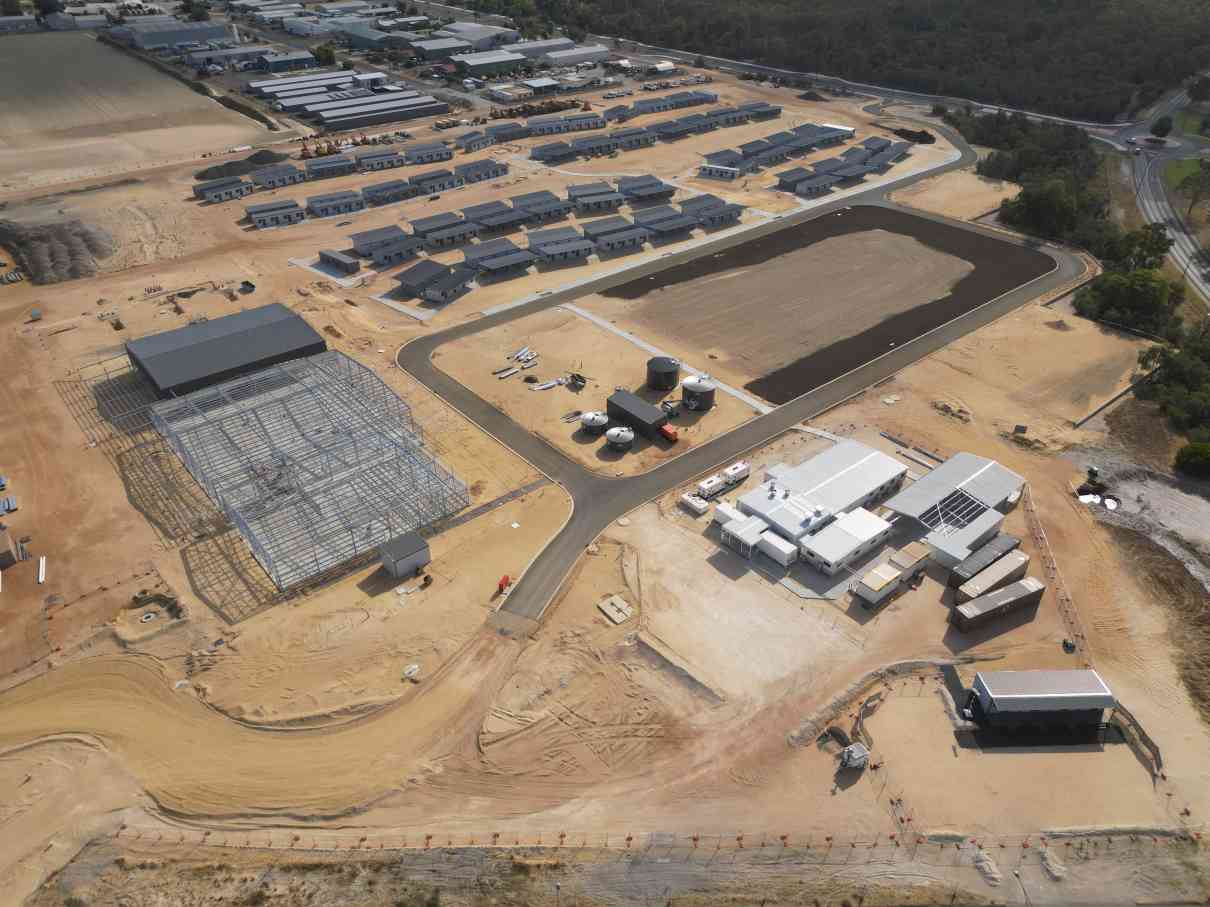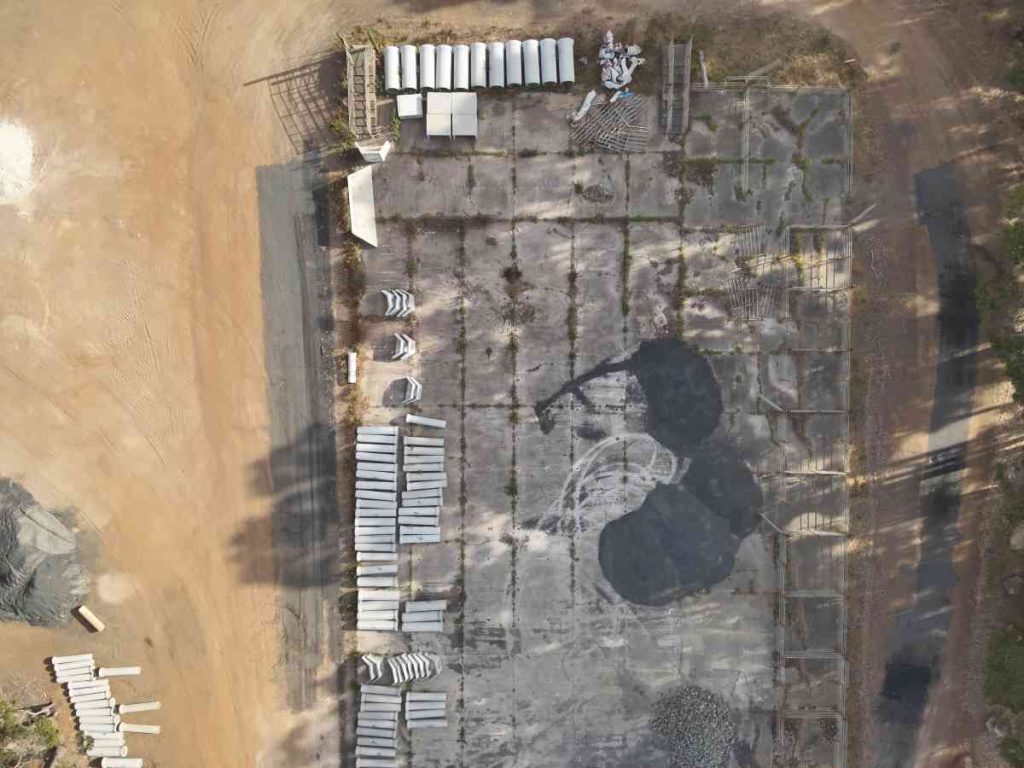
------------------------------
Do you know the benefits from having up to date aerial imagery of your project? Can’t make it to site but need to know the status of your projects today? Click here to find out how drones can help Project Managers.
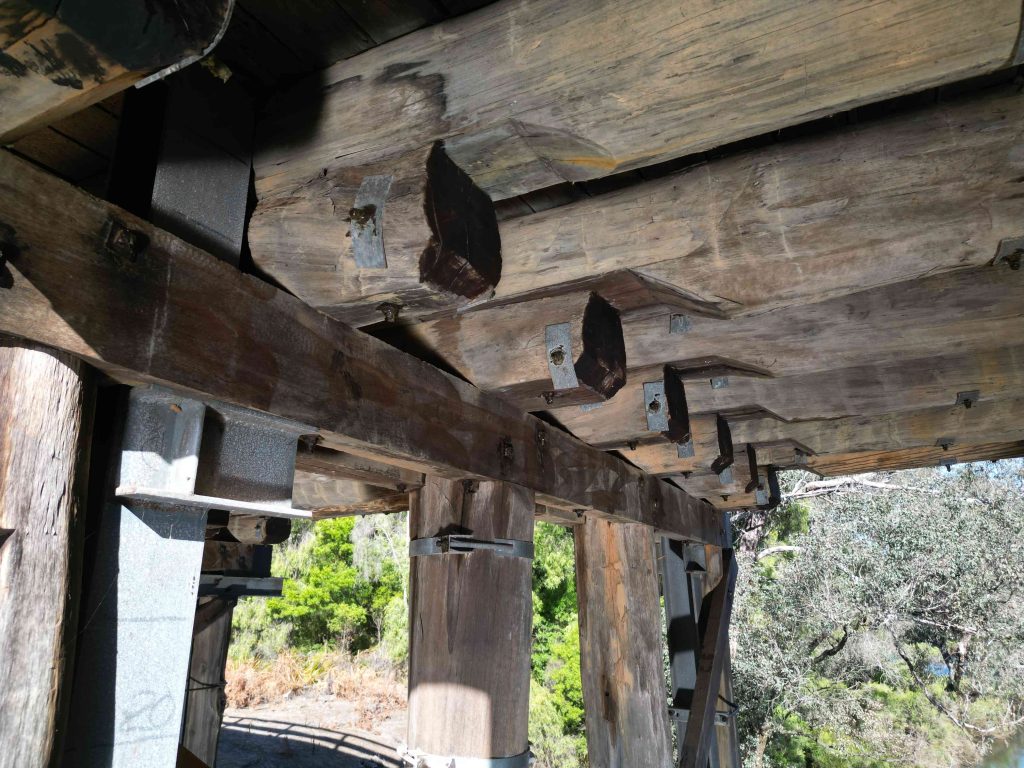
------------------------------
Visually inspecting assets at height? Equipment damage or failure, but cannot see the issue? Cannot shut down to access? Click here to find out how drones gather information faster and safer.
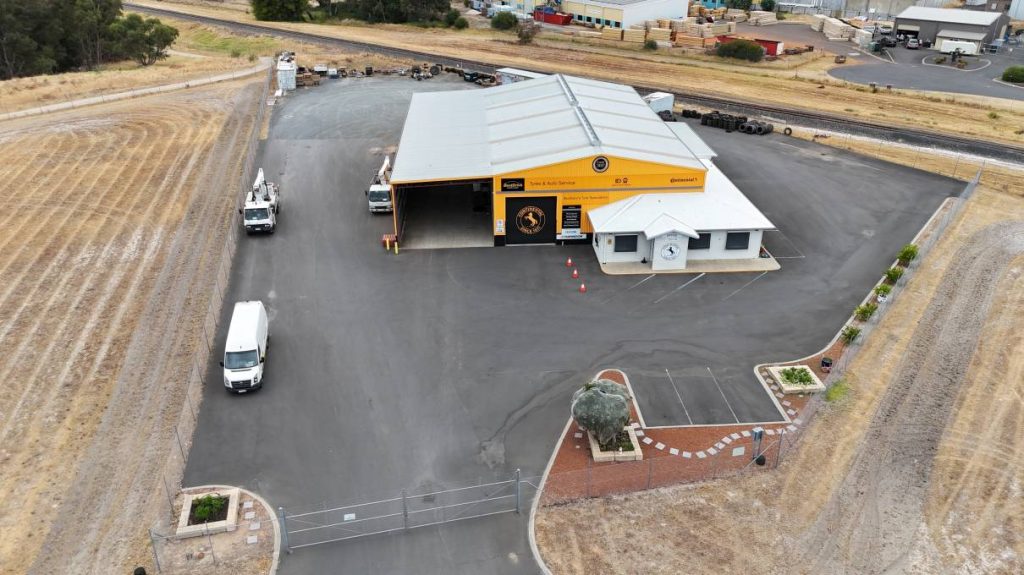
------------------------------
Just successfully completed your biggest ever job? Need to better understand your site workflow? Your property is impressive; can your customers see it? Click here to find out how drones can help boost your business.

